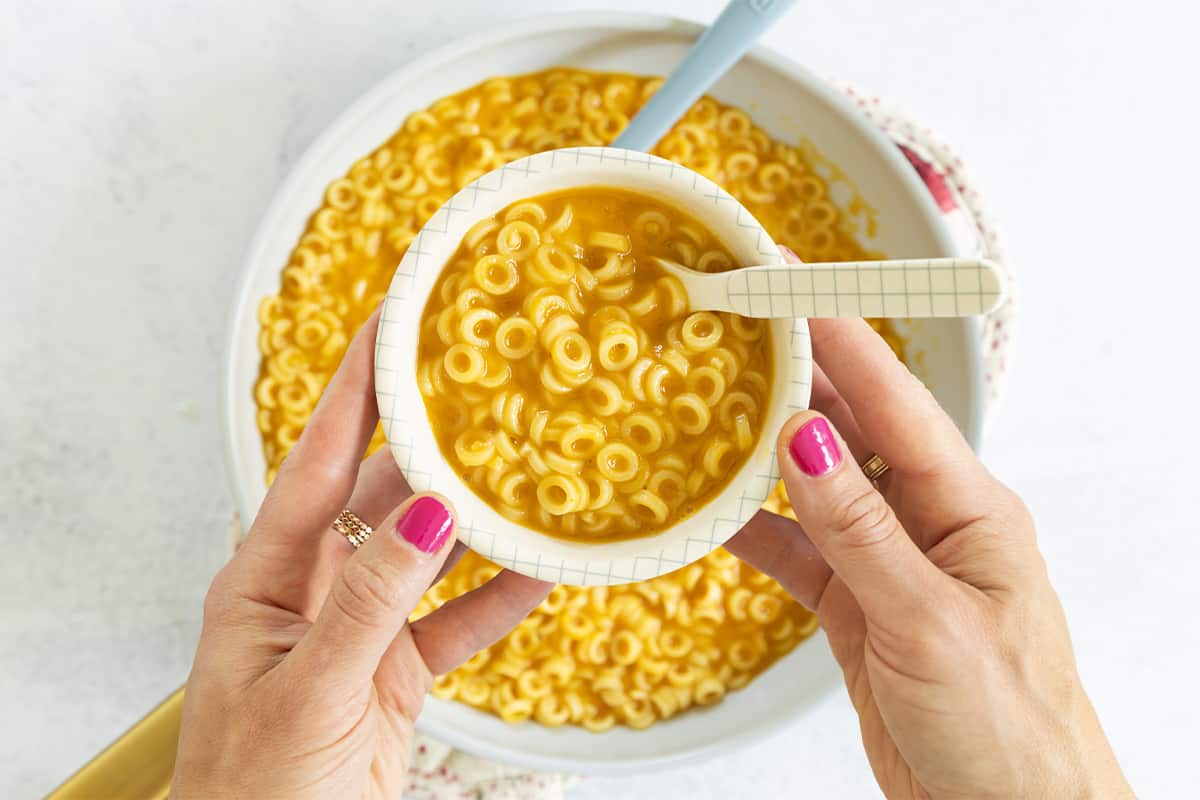Find my very best hidden-veggie recipes to add more produce to your family’s diet—and the scoop on why you actually may want to tell the kids what’s in their food for the long run.
Hidden Veggie Recipes
I want to start by saying there is so much pressure out there to get our kids to eat every food—especially more vegetables—and so much of that advice is completely removed from the reality of the development of little kids. I am a firm believer that we don’t have to pack everything our kids eat with vegetables and that it makes a lot of sense to call foods what they actually are. Ditch the fear that they won’t eat something simply because it contains a vegetable.
(You may like my Pasta Sauces with Vegetables post, too.)
I understand the nutritional urge to hide vegetables in food, but as soon as a child realizes we put something they didn’t want or expect into their food, they may never eat it again. And it may decrease their trust in us to be honest at the table.
So instead of thinking about recipes that have veggies in them as having to be hidden, I simply consider them as having veggies added. And I call the food what it is—Marinara Sauce with Extra Veggies, Green Pasta Sauce, Cauliflower Mac and Cheese, and so on to help drive home the idea that we don’t have to fear our food.
For my best veggie-packed recipes, see below. And know that many kids may be more interested in eating these foods if they get to help prep the produce or make the dish. My kids love to add veggies to a blender and watch them disappear into the sauce we’re making!
Your toddler won’t eat? Help is here!
Sign up for our email updates to get tips and ideas sent to your inbox.
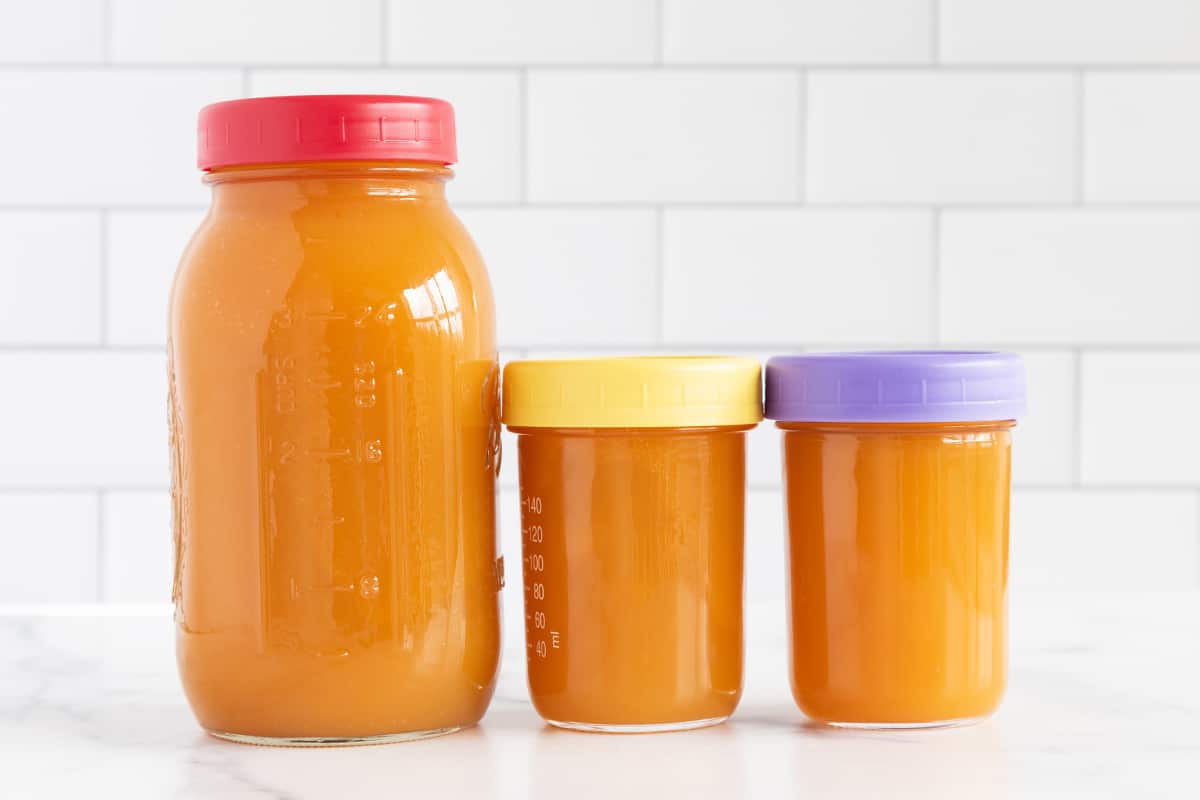
Vegetable Broth
I love this as an option for recipes for kids, for when we’re sick and wanting extra comfort, or simply as a way to add nutrients into a child’s diet when variety is otherwise lacking. Also: It’s a wonderful and easy way to add flavor to all sorts of foods.
Make a delicious vegetable broth that keeps all the nutrients right in the mix with this super easy method. It’s a wonderful way to add extra veggies to soups, pastas, and more. (See the Notes at the end for instructions on using this to cook pasta.)
Get the recipe
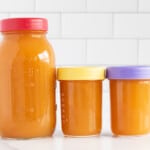
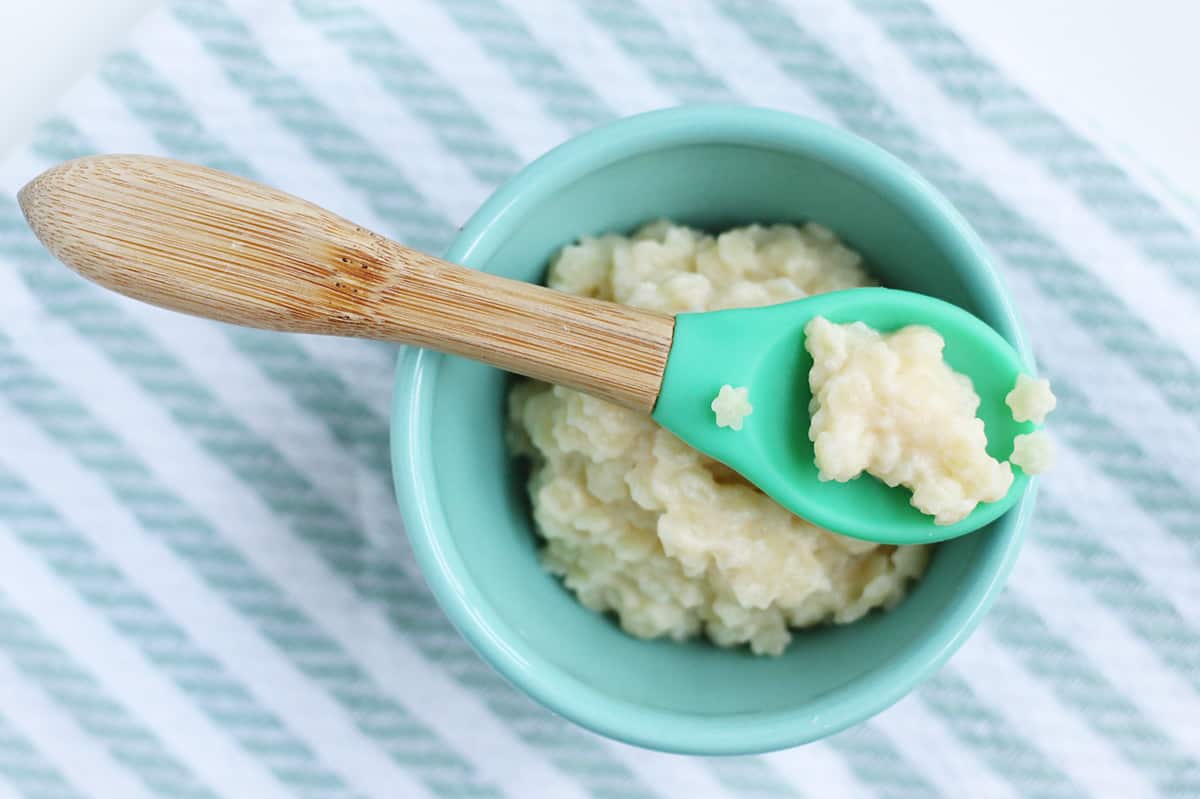
Cauliflower Mac and Cheese
This mac and cheese is a family favorite and one of our go-to comfort food recipes. By adding the cauliflower right to the cheese sauce, we’re able to tuck a veggie right into the sauce without having to make a side dish to go with dinner.
With a simple cheese sauce—no standing and stirring over the stove here!—a solid dose of veggies, and a super creamy final result, this Cauliflower Mac and Cheese is a fast lunch or dinner option for toddlers. (And the rest of the family, too!)
Get the recipe

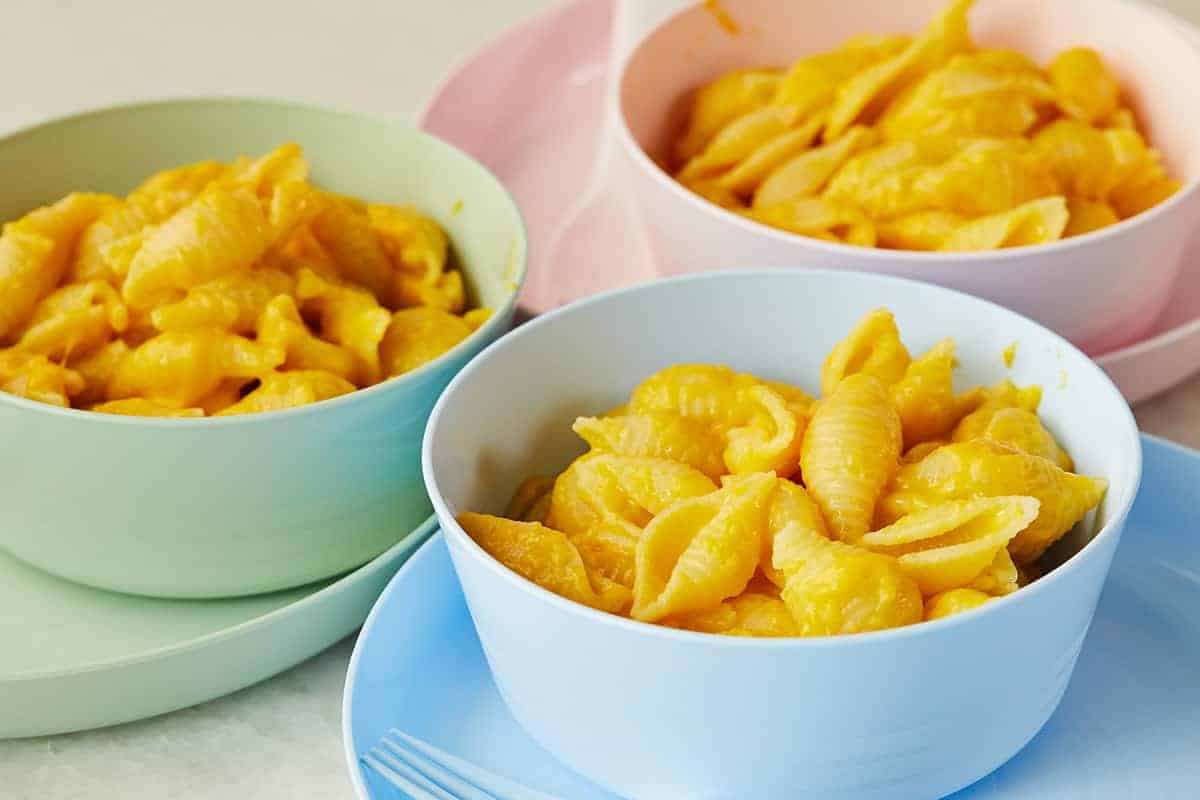
Butternut Squash Mac and Cheese
If your family loves creamy, cheesy pasta and you’re looking for a simple way to up their veggie intake—because aren’t we always?!—this super simple 5-Ingredient Butternut Squash Mac and Cheese needs to be on your menu.
Use your family’s favorite shape and type of pasta in this recipe. (We like elbows or mini shells!)
Get the recipe

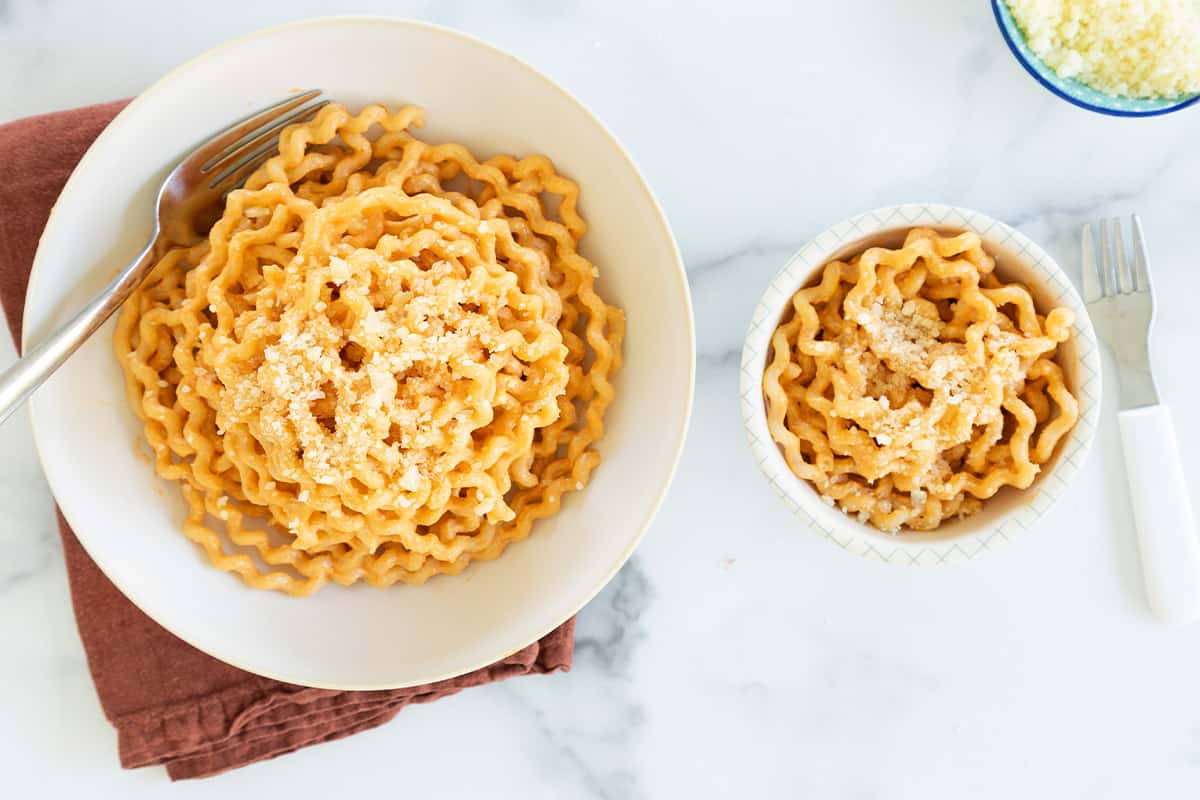
Red Pepper Pasta Sauce
I’ve been looking for yummy ways to incorporate different veggies than we usually eat, and this red pepper sauce is a new favorite. I love how roasting the peppers with onions and garlic deepens their flavors and that it’s as simple as blending everything together after that step.
With a simple, yet super flavorful sauce and an easy method that can be done ahead of time, this Red Pepper Pasta is a favorite family dinner to share.
Get the recipe

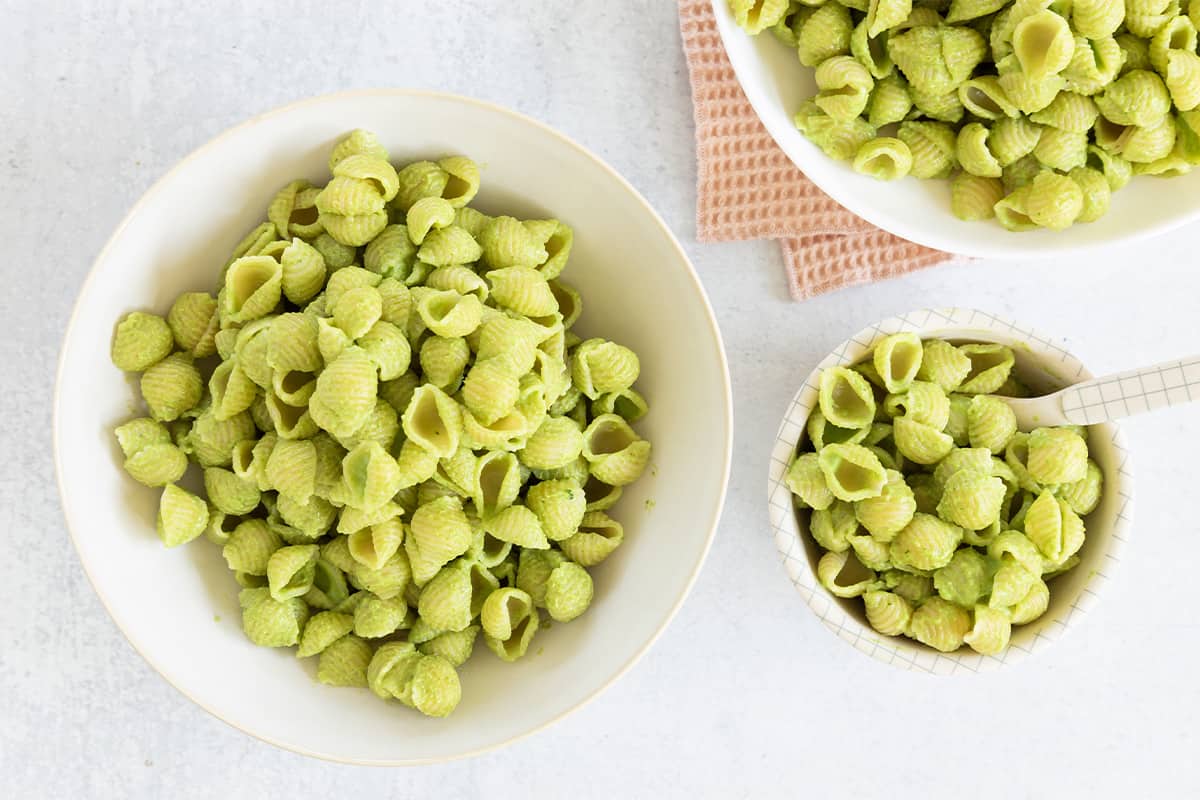
Green Pasta Sauce
This recipe is easy in that we cook the veggies in the same water as the pasta, the sauce can be made separately and frozen for future meals if you prefer to meal prep, and it’s filling enough to work as a vegetarian main dish.
Give homemade mac and cheese extra oomph with this power-packed Green Pasta Sauce. It is cheesy, has a dose of greens, and is super easy to make.
Get the recipe

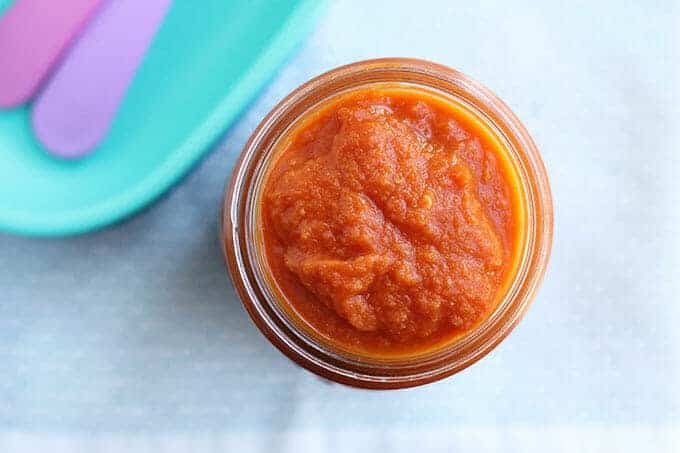
Add extra veggies to your next pot of marinara sauce for more nutrition and the classic flavor your family expects.
Serve this sauce with 1 pound of your family’s favorite pasta for an easy and healthy dinner.
Get the recipe
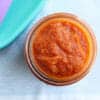
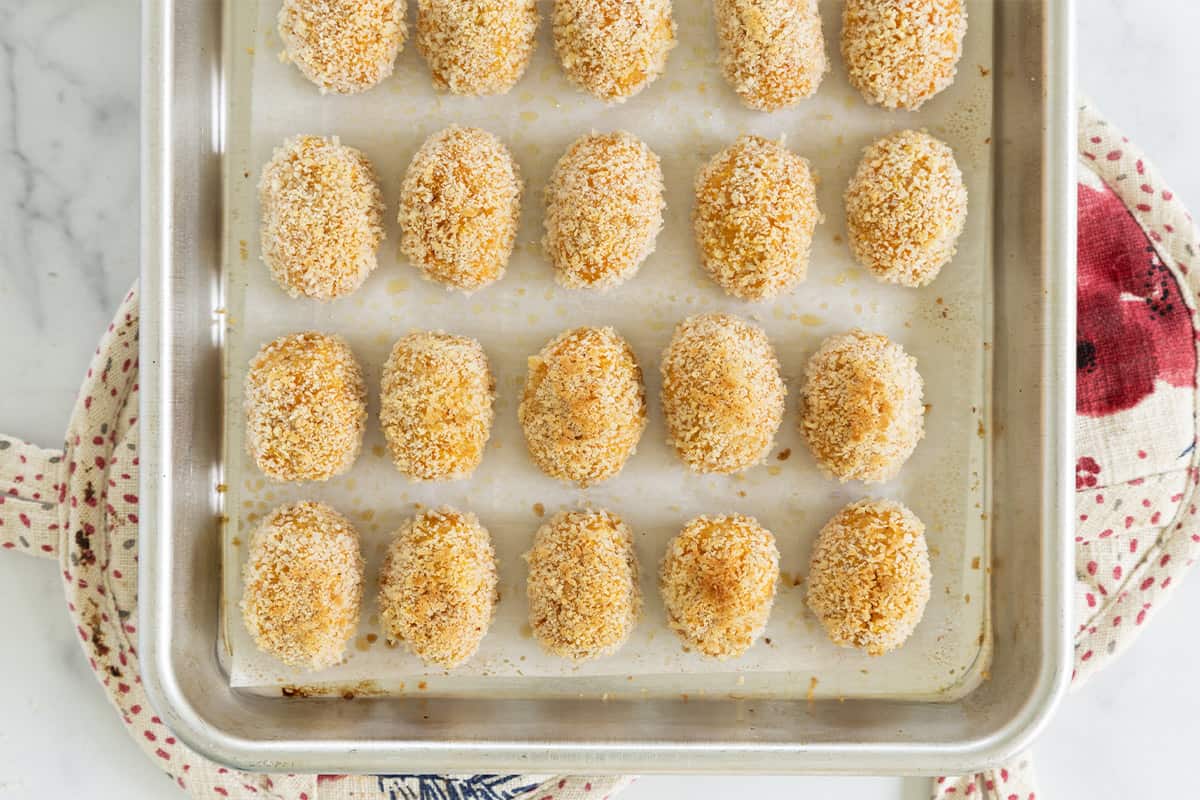
Chicken Nuggets with Sweet Potato
These homemade Chicken Nuggets (with sweet potato!) are an easy toddler dinner that parents will enjoy, too. They’re packed with nutrition and have a veggie right in the mix!
Crispy on the outside and tender in the middle, these Homemade Chicken Nuggets are both easy and delicious. You can prep the sweet potato up to 5 days ahead if that’s easier for you, too. Try serving these with ketchup, ranch, or marinara sauce.
Get the recipe

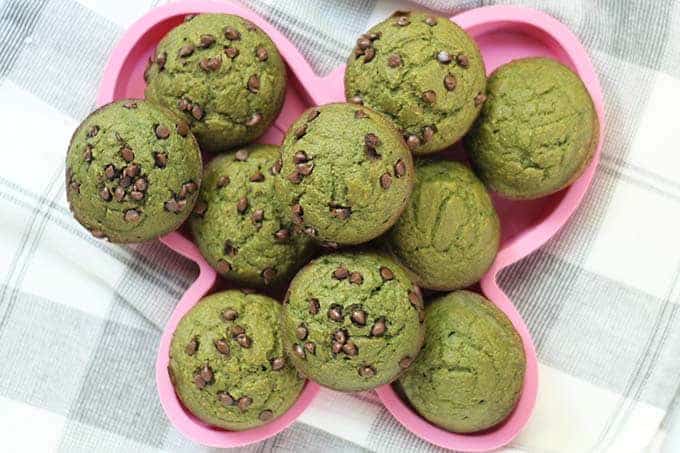
Spinach Banana Muffins
Each bite is packed with nutrients from greens and fruit—and the interior is so moist that even babies can enjoy these easy blender muffins!
These healthy muffins taste like a delicious banana muffin, but with the added nutrition of a big handful of spinach. These store well, so you can make them ahead of time and pull them out of the fridge or freezer to serve.
Get the recipe

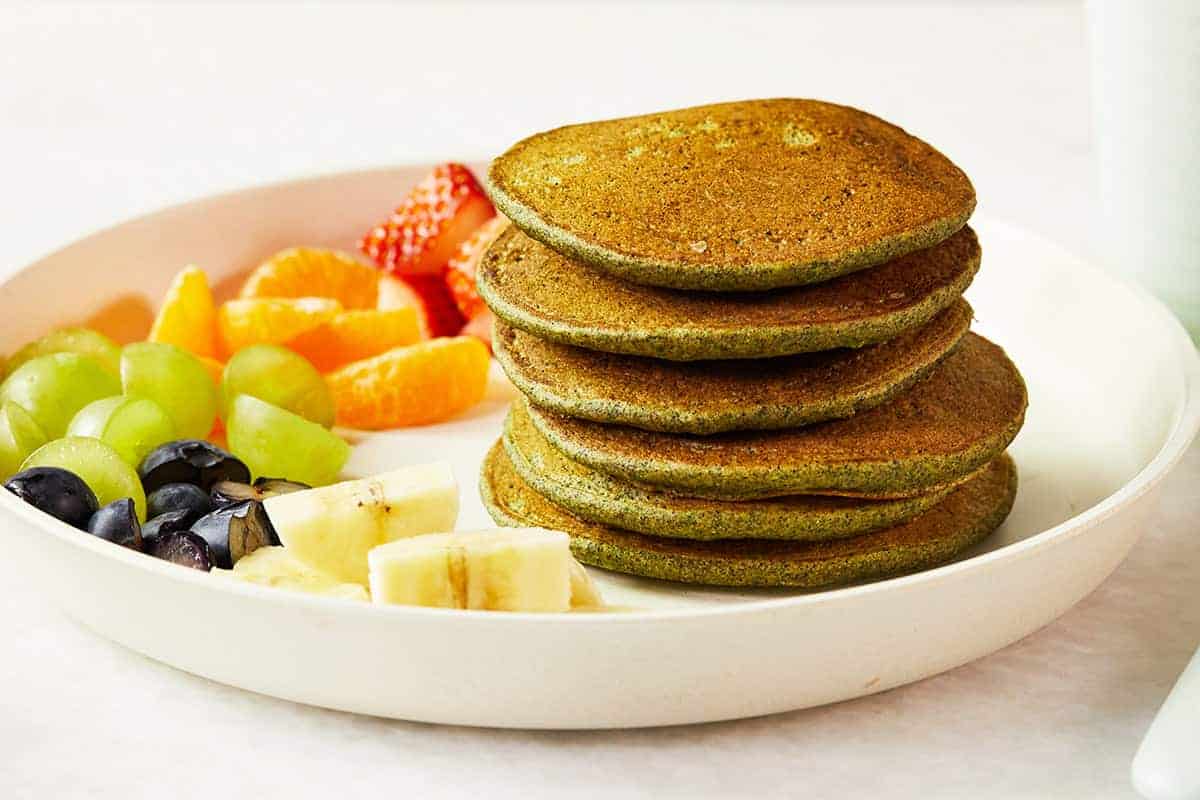
Spinach Banana Pancakes
These sweet Banana Spinach Pancakes are a favorite when you’re looking to boost nutrition in a favorite breakfast option.
This is a thin batter that makes tender, naturally sweet Banana Spinach Pancakes. Be sure to let the pancakes cook until the surface is almost entirely firm before you flip them over.
Get the recipe

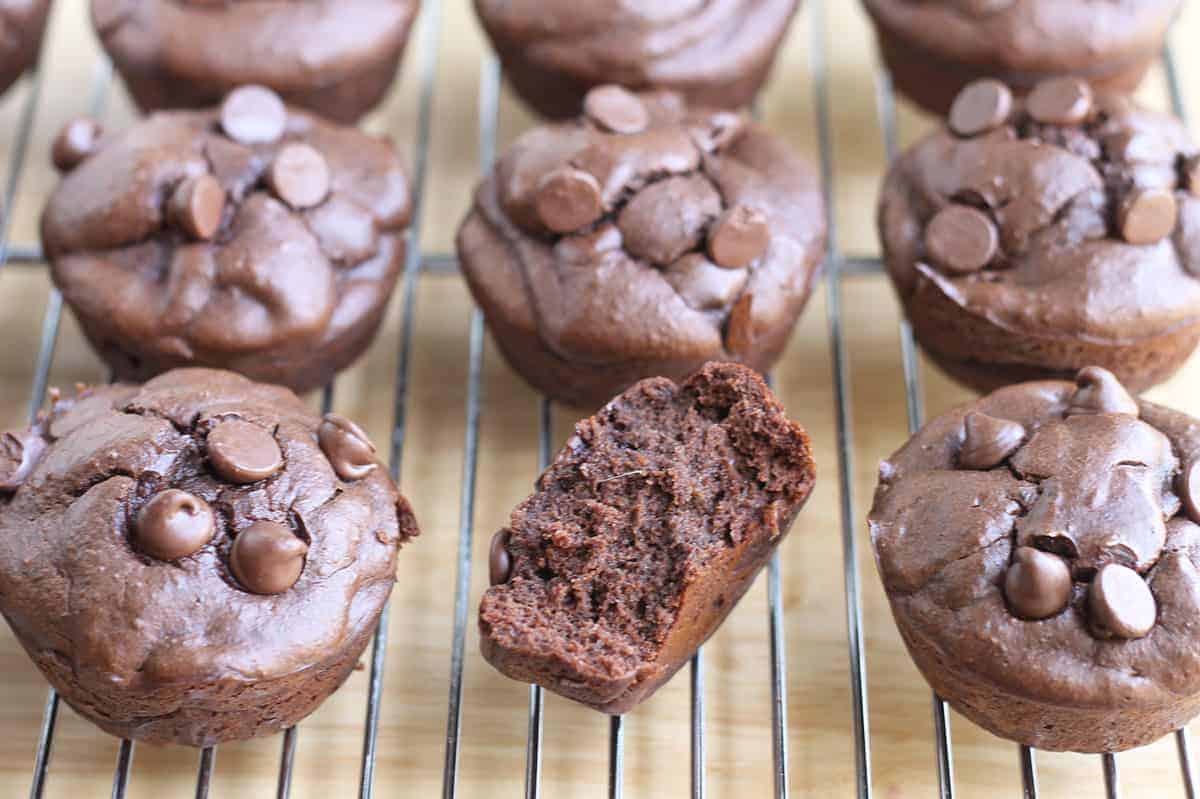
Chocolate Protein Muffins
These flourless Chocolate Protein Muffins pack in the nutrients but taste like a brownie. They are quickly mixed up in a blender and have so many nutrients tucked inside.
These simple blender muffins pack a serious nutrition punch and are dairy-free, with a nut-free option. I prefer the flavor of these once they are fully cooled and chilled in the fridge.

How to Add Veggies to Food Without Deception
I am a big fan of adding produce to recipes when it adds flavor or enhances the texture. (I mean clearly, just look at my Recipe Index!) And adding fruits and veggies to easy to eat foods like muffins, meatballs, pasta, smoothies, and popsicles makes it easy for everyone to eat well, including caregivers. But for kids to eat these foods when they’re older and without us, they need to know they’re eating them. And like them. At least sometimes.
So the next time you add cauliflower to a smoothie, have your kids put it into the blender and watch it disappear together. When you make pasta sauce with extra veggies, tell the kids at the dinner table why their sauce tastes so good.
When you make Cauliflower Mac and Cheese, explain what helps to make the sauce so creamy.
It takes kids (and adults) a lot of time and experiences with foods to eat a broad range. This is a normal part of childhood development (you can read more about neophobia) that we can work through over time. Promise!
Related Recipes
I’d love to hear your thoughts on this topic, and how you serve up veggies to your kids, so please comment below to share below.


